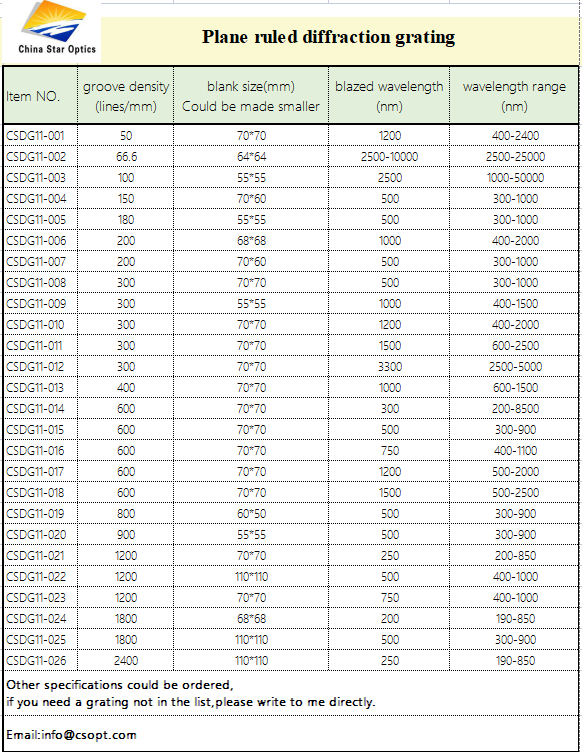Brief introduction of safety products (1)
burglar alarm:
1. Intrusion detector-a device that converts the intrusion information occurring at the protected site into an electronic signal and transmits it to the outside. Commonly known as the probe, also known as the front-end equipment of the alarm.
2. Signal transmission part-also known as channel, is the external transmission channel of detector electronic signal. At present, there are three main transmission methods, namely wired and wireless, and three different transmission methods of borrowed wire:
Wired transmission is also called special line transmission, that is, the alarm signal is transmitted to other places with special wires, cables, optical cables, etc. The advantage is that it has strong anti-interference ability and can prevent damage, and the line can be found immediately when it is short-circuited or broken. The disadvantage is troublesome construction.
The wireless transmission connects the intrusion detector and the wireless transmitter. Once an alarm occurs, it will send a radio signal to the air. The wireless receiver receives a signal and generates an alarm, informing personnel to process it. Its advantages are simple installation, strong maneuverability, multi-point transmission and one-point reception, long control distance and large area. The disadvantage is that it may be interfered by more powerful radio waves, thunder and other stray electricity. Borrowed line transmission telephone lines, power lines, cable TV networks and other public lines can be borrowed for alarm signal transmission. The advantage is that the construction is easy and no special wiring is required. The disadvantage is poor anti-destructive ability.
3. Anti-theft alarm controller-a device that can turn the electronic signal of intrusion information sent from an intrusion detector into an audible and visual alarm signal and display, record and store it. Commonly used are desktop, cabinet, box and wall-mounted. However, generating an alarm sound, displaying the alarm location, and storing and recording alarm information are essential functions
Plane ruled gratings are characterized by a superior efficiency at their design wavelength compared with holographic gratings. Plane Ruled gratings comprise the majority of diffraction gratings used in spectroscopic instrumentation and are especially useful in systems requiring high resolution.
China star optics can provide customers with a variety of replicated grating products such as diffraction gratings, reflective gratings,holographic gratings,concave gratings etc. to meet different needs. Maximum ruled area is up to 300 x 300 mm for plane ruled diffraction gratings. For replicated diffraction and transmission gratings the ruling density can be from 20 grooves per millimeter to 2400 grooves per millimeter, wavelength from 0.2 micron to 25 microns.
Holographic gratings:
Specifications:
Ruled area: <=70 * 70mm
Wavelength range: 0.2-0.8um
Grooves per mm: 1,200 to 3,600L/mm
Diffraction: >70%
Ruled gratings:
Specifications:
Ruled area: <=70 * 70mm
Wavelength range: 0.2-15um
Grooves per mm: 50 to 2,400L/mm
Diffraction: >70%
Concave gratings:
Specifications:
Ruled area: <=70 * 70mm
Wavelength range: 200 to 900um
Grooves per mm: 490 to 1,200L/mm
Diffraction: >70%

Plane Ruled Grating,Plane Ruled Diffraction Grating,Plane Reflection Grating,Plane Ruled Reflective Grating
China Star Optics Technology Co.,Ltd. , https://www.realpoooptics.com
